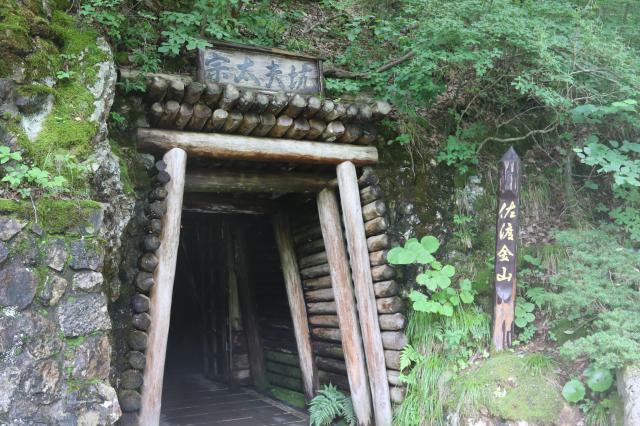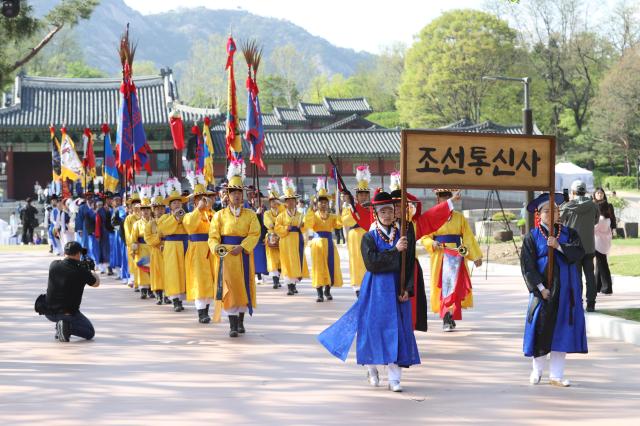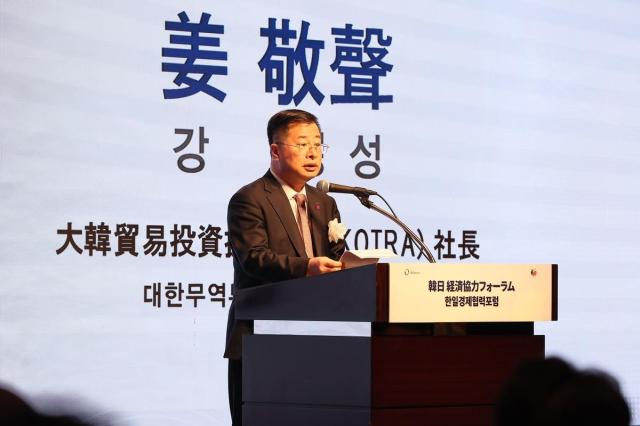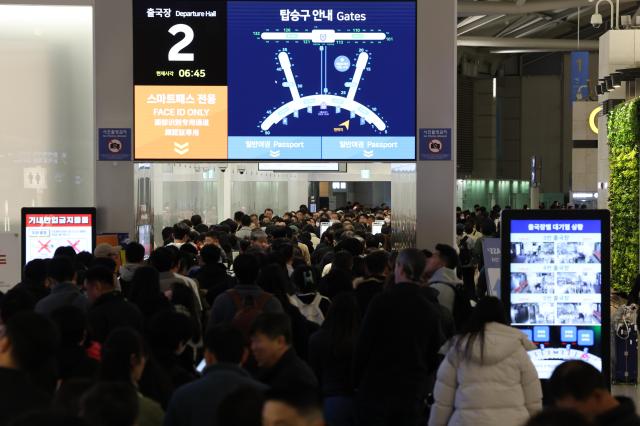
SEOUL, July 29 (AJU PRESS) - Controversy has resurfaced in Korea after the UNESCO World Heritage committee decided last Saturday to list Japan's Sado gold mine, where Korean workers were forced to labor under brutal conditions during World War II, as a cultural heritage site.
The site, located on Sado Island in Japan's northeastern prefecture of Niigata, was the island country's largest gold mine. It became one of Japan's key industrial facilities for copper, iron, and zinc during the war. According to official documents published by the Japanese government, at least 1,141 Koreans were forced to labor there with pittance.
Japan initially attempted to have the mine listed with UNESCO in early 2018, but the plan failed. But it continued to push the project again in 2021. Japan sought to list the mine for its historical heritage value, highlighting its significance as one of Japan's major mines during the Edo era (1603–1868), while excluding its modern history involving some 1,500 Korean miners forced to work under harsh conditions.
However, the International Council on Monuments and Sites (ICOMOS), the main evaluating body for UNESCO, strongly recommended that Japan reapply after adding the modern history to the mine's historical value.
The UNESCO selection process involves voting by member countries, and if an objection is raised, the decision is indefinitely put on hold. This process was adopted in April 2021 at Japan's request, aiming to prevent Korea from including documents related to Korean sex slaves during the war in UNESCO's Memory of the World Programme.
The listing of the controversial site has caused anger among many Koreans, as it was almost impossible without the Korean government's consent. Yomiuri Shimbun reported that Seoul had agreed with Tokyo to exclude the words "forced labor" from an exhibition facility located about two kilometers (1.2 miles) from the mine.
Korea's Ministry of Foreign Affairs immediately denied, saying, "The news report by the Japanese daily is not true at all." But the ministry declined to further elaborate.
In a similar pattern, Hashima Island, also known as the Battleship Island (Gunkanjima), was listed as a UNESCO World Heritage site in 2015. About 600 Koreans were forced to labor and many of them died in the notorious coal mine between 1925 and 1945.
After a series of recommendations from UNESCO for Japan to fulfill its promise to dedicate an exhibition to raise awareness about its wartime mobilization of forced laborers, Japan opened a gallery in Tokyo — approximately 1,000 kilometers away from the island — that included no details about the issue.
Copyright ⓒ Aju Press All rights reserved.





View more comments